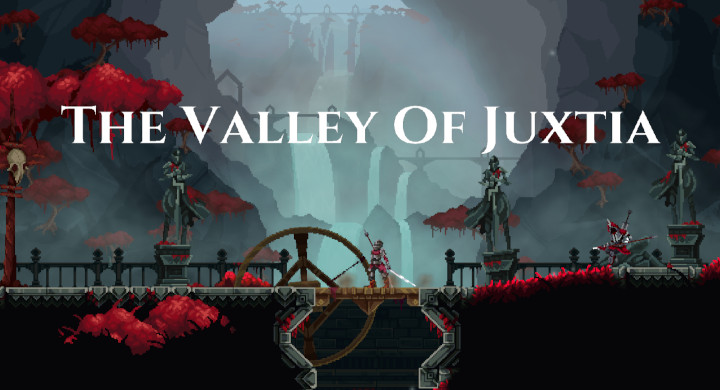
The Tarnishing of Juxtia is a 2D pixel-art Soulslike from developer Actual Nerds and publisher Mastiff, and when I first spotted it, I was dying to try it. Thankfully, I was given access to a preview build of the game. I spent about two hours with it, and I wanted to share a few of the things I learned in that time.
Before I get into those things, though, I will just mention that the colors in this game are phenomenal. I didn’t make that into a list item because I didn’t actually learn that from playing the game — I learned it from watching the recent trailer. But the color choice is just as impressive when you’re playing this game as it is in the trailer. I’m particularly fond of the way the bright reds mingle with the ice blues in the Valley of Juxtia.
Anyway, let’s jump into the five things I learned from my two hours with The Tarnishing of Juxtia.
Controller support is a go
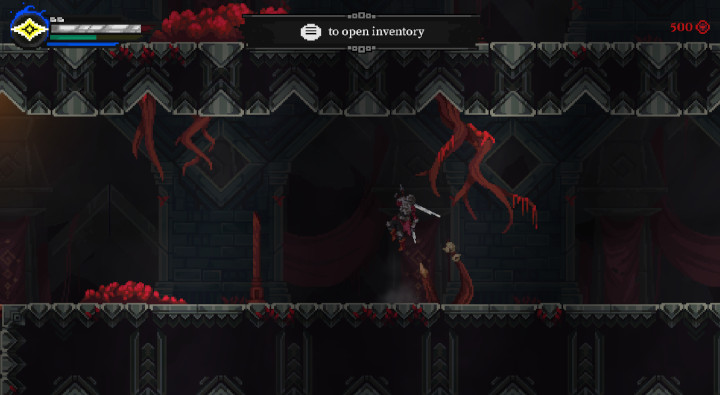
While I would have still been willing to play The Tarnishing of Juxtia with a mouse and keyboard, it really feels like it’s designed with a controller in mind. So my first question when I fired this thing up was “Will this work with a controller?”
I have an Xbox Series controller that I use exclusively for PC gaming, and The Tarnishing of Juxtia immediately recognized that controller. Gameplay hints will change from keyboard keys to Xbox button inputs, which is always a telltale sign that controllers are natively supported.
This is great news!
Combat feels excellent, with one caveat
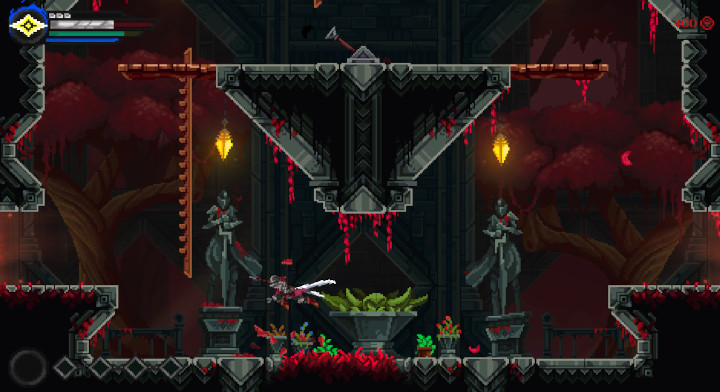
Okay, so this is a Soulslike, and it features that slow, deliberate combat style. It’s weighty, with a good amount of heft to each swing of the sword or jab of the spear. Every combat action drains a little bit of stamina, and if you run out of stamina you are no longer able to attack until that green stamina bar starts to fill again. This should all sound familiar to anyone who’s played a Soulslike before.
Combat feels really good. I wouldn’t call it snappy, as there’s a slight delay between the button press and the action, but this is designed to simulate the weight of the blade. It doesn’t feel like lag — it feels like your character is building momentum into a thrust. There’s even one really heavy sword called the Juxtian Brutesword, and it pushes your character forward if you swing it in the air. (Attacking in the air also slows your fall, which is a really nice touch).
Each enemy has a yellow stagger meter as well. If you can drain this meter, the enemy’s current attack is halted and they are staggered for a short window of time. This gives you some risk-and-reward options for combat, where you’re bracing for an attack but know that if you can hit the enemy just one more time, that attack won’t happen. However, if you don’t time it correctly, the enemy will successfully attack you and deal a bit of damage.
All of this feels great, but I did notice some slowdown in a couple areas, specifically when there were multiple enemies swarming me at once. I should point out that I was playing in windowed mode, and that this is not a final build of the game, so hopefully we see this smoothed out before the game’s official release.
The sound design is phenomenal
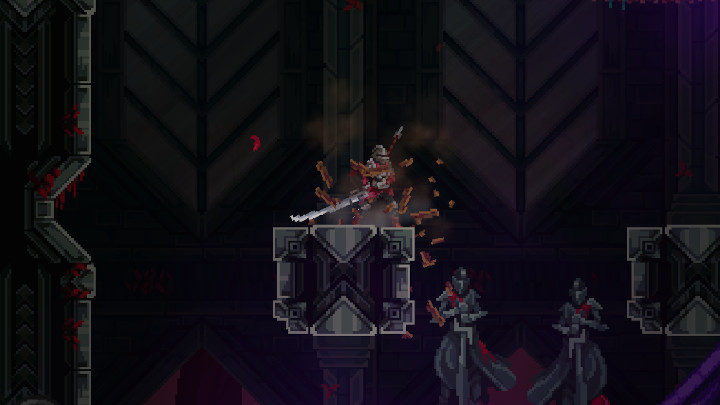
Sound is essential to the atmosphere of a Soulslike. I mean, if your sword strikes sounded weak, or if your footsteps didn’t click and clack through echoey stone hallways, the game just wouldn’t feel as visceral. The Tarnishing of Juxtia really excels here.
When you jump onto a breakable platform, the sound of the wood splintering apart is especially pronounced, with that unmistakable crunchy sound of collapsing lumber. There are enemies that walk around dragging massive swords, and you can hear them scraping against the floor. When you just let the game idle, you’ll hear a distant bell-like sound that I believe is supposed to be the clanking of chains.
All of these sounds are crisp and satisfying, making the game world feel damp, weighty, and tangible.
You can level up at the larger fountains
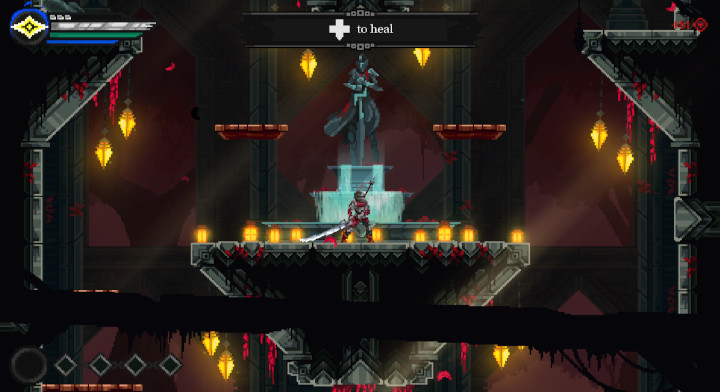
I never quite feel settled into a Soulslike until I’ve figured out how the level-up mechanic works. And in the Tarnishing of Juxtia, it is the fountains that serve the purpose of Dark Souls‘ bonfires.
You will actually find two types of fountains in The Tarnishing of Juxtia (at least in the early section that I played). The small ones will restore your health and serve as a checkpoint if you die, but it’s the larger ones (pictured above) where you actually level up.
Oh, and when you trigger a fountain, you’ll hear a delightful splashing sound while pixelated water washes across your screen.
Boss fights are suitably epic

Okay, so I only battled one boss in my time with The Tarnishing of Juxtia (Tralium of the Valley), but it was quite the spectacle. When you first trigger the fight, you’ll hear the orchestral swell that signals that it’s go time, and then a demonic armored soldier with a massive buster sword locks onto you and deals excessive amounts of damage. The first time I encountered this thing, it took me out in two hits.
But then I spent some time grinding levels, and I returned with confidence. I still got wailed on, but I was starting to learn the attack patterns a little bit and I was able to survive that initial onslaught. Then I learned that my attacks are actually slightly faster than Tralium’s, which means I can attack, then dodge roll through Tralium’s slash, then attack from behind. I wasn’t dealing a ton of damage, but it was starting to feel like the beginnings of a workable strategy.
Then I figured out that each of Tralium’s attacks has its own audio cue. The differences are subtle, but once you start picking up on them, you can start falling into a really good combat rhythm.
The first time I encountered Tralium, the fight seemed impossible, but with each step in the learning process, victory felt closer at hand. And that’s exactly how a Soulslike boss fight should feel.
Conclusion

I’ve barely scratched the surface of The Tarnishing of Juxtia, having only completed the first boss (there are supposedly 14 in the full game), but it’s already feeling like something special. If you want to get in on the action, you shouldn’t have too much longer to wait, as the game is planned for a summer of 2022 release on Steam. You might as well add this to your wishlist so you don’t forget about it!
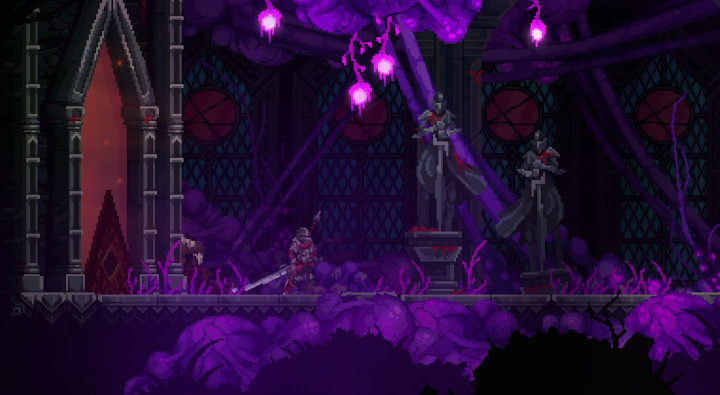
An update on this post: This is about the preview build of the game, which I played for about two hours. I am currently playing the release build, and I’ll have more thoughts posted soon.